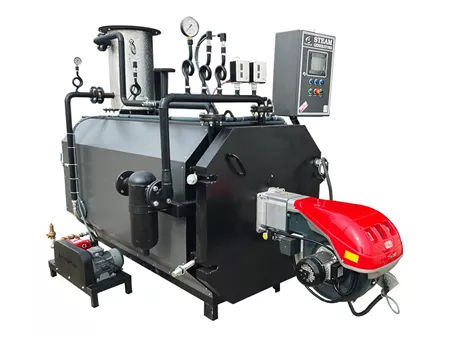- Home
- /
- Newss
Steam Generators: Powerful Allies in Energy Production

Steam Generators: Powerful Allies in Energy Production
In today's world, energy production and sustainability have become significant focal points worldwide. In this context, steam generators play an indispensable role in industrial and energy sectors. In this post, we will explore what steam generators are, how they work, and their importance in energy production.
What Are Steam Generators?
Steam generators are devices that convert liquid into vapor, making it available for energy production. This is typically achieved through heating water. Steam generators find applications in a range of sectors, from energy production to heating systems.
How Steam Generators Work
Steam generators produce steam by heating water. This process often involves an energy source, heating elements, and a steam generation chamber. The energy source can be fuel, electricity, or solar energy. Heating elements bring the water to the temperature needed to produce steam. The generated steam can be used in energy production or other processes.
Industrial Applications
Steam generators are commonly used in energy production and processes in industrial facilities. Particularly in large-scale industries such as power plants, chemical plants, and food processing facilities, steam generators play a critical role in providing energy.
Sustainability and Steam Generators
Sustainability is a key focus in the field of energy production. Steam generators can operate based on clean energy sources, helping reduce environmental impact by avoiding fossil fuel-based energy production.
Conclusion
Steam generators play a critical role in energy production and industrial processes. They can contribute to our sustainability goals by operating on clean energy sources. The further proliferation of this technology is likely to be an integral part of the transformation in the energy sector.
Join Our Newsletter
Be informed about innovations about us



